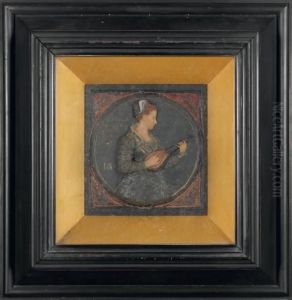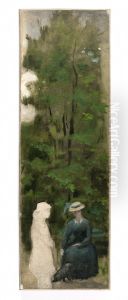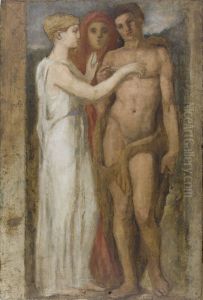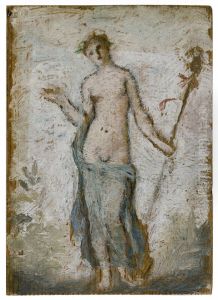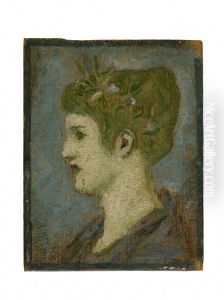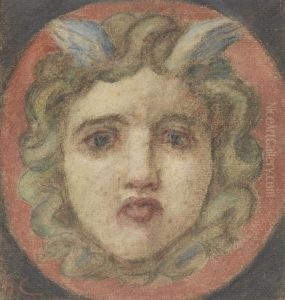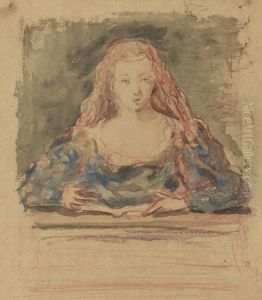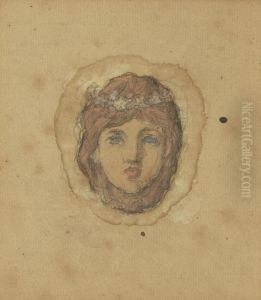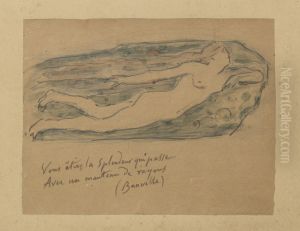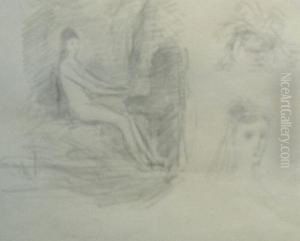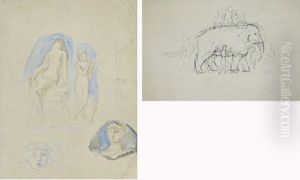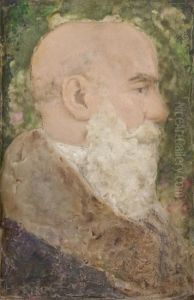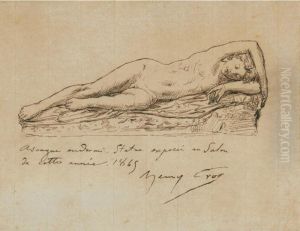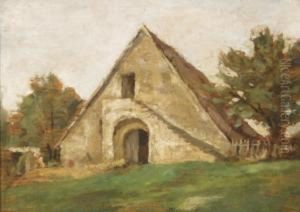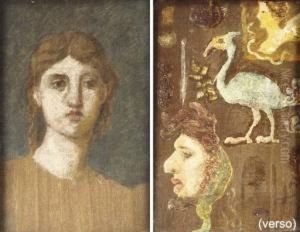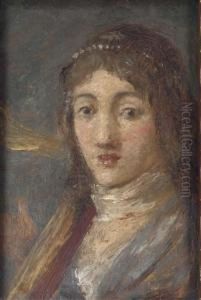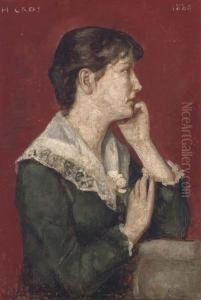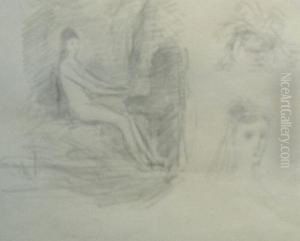Henry Cros Paintings
Henry Cros, born Henri Cros, was a French sculptor, painter, and ceramist, recognized for his significant contributions to the art world in the late 19th and early 20th centuries. His work spanned various mediums, but he is particularly celebrated for his innovations in pâte-de-verre, a glass casting technique that dates back to ancient Egypt, which Cros revived and perfected.
Cros was born on May 19, 1840, in Narbonne, France. From a young age, he showed a deep interest in the arts, drawing inspiration from ancient civilizations and their techniques. His early career was marked by traditional sculpture and painting, but his fascination with ancient glassmaking techniques led him to experiment with pâte-de-verre, a method that involves casting glass from paste in a kiln.
Through the 1870s and 1880s, Cros's experimentation with this technique evolved, and he became a pioneer, developing methods that allowed for more detailed and nuanced works than were previously possible with glass. His pieces, often inspired by nature, mythology, and the female form, were distinguished by their intricate detail, depth of color, and the play of light within the glass.
In 1893, Cros presented his work in pâte-de-verre at the Société Nationale des Beaux-Arts exhibition, receiving widespread acclaim. His success at this event marked a turning point in his career, establishing him as a leading figure in the art nouveau movement and a master of glass art. Despite his success, Cros remained dedicated to refining his techniques and exploring the possibilities of glass as a medium for artistic expression.
Henry Cros's contributions to art were not limited to his own creations. He was also a respected teacher and mentor to younger artists, sharing his knowledge and passion for ancient techniques and materials. His legacy is not only in the beautiful works he left behind but also in his influence on the art nouveau movement and the revival of interest in ancient glassmaking methods.
Cros's dedication to his craft continued until his death on October 17, 1907, in Sèvres, France. Today, his works are held in prestigious collections and museums around the world, celebrated for their beauty and historical significance in the evolution of glass art.

